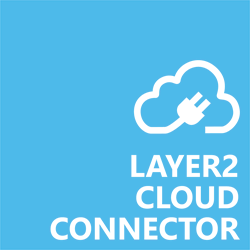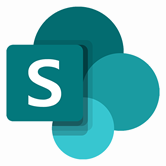HOW TO CONNECT AZURE FILE STORAGE WITH SHAREPOINT
This "how-to-connect" documentation will explain the initial configuration of an example connection from Azure file storage to a SharePoint Online document library in Office 365. We will be synchronizing data stored in Azure file storage.
This guide presupposes that you have installed the Layer2 Cloud Connector and that you are familiar with its basic functionality. The Layer2 Cloud Connector User Documentation will provide you with all necessary information.
Data integration and synchronization made easy
If you haven't already tried Layer2 Cloud Connector, it's time to take the first step towards effortless connectivity. Start your Layer2 Cloud Connector trial and experience how easy it can be to connect Azure File Storage to SharePoint.
Connect Azure File Storage with SharePoint step-by-step
You learn how to configure Azure Fiel Storage and how to configure Layer2 Cloud Connector. We provide you with practical hints and known issues for a smooth start.
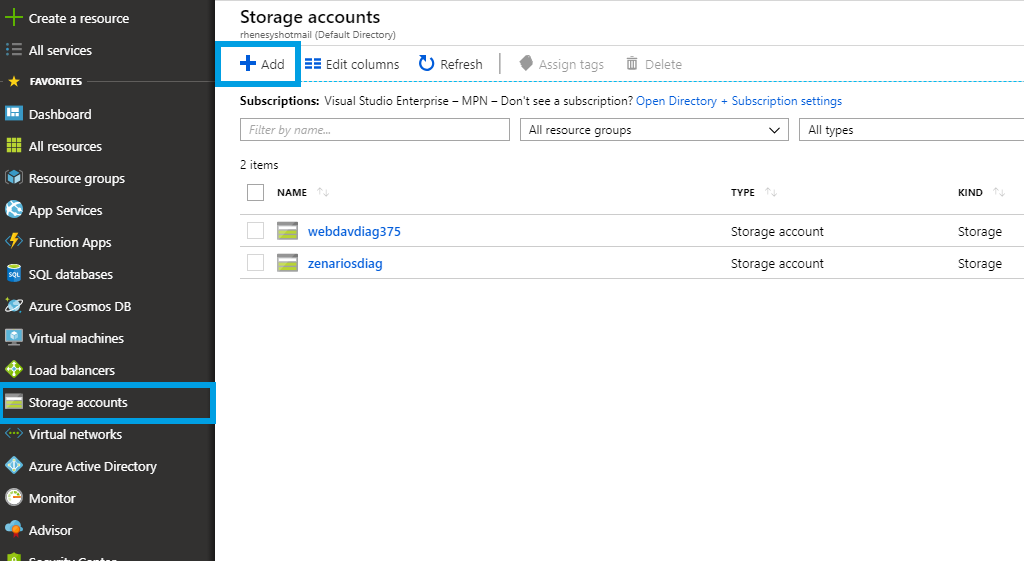
Step 1 - Configuring Azure file storage
Go to your Azure account and open Storage accounts to create a new storage account. Note the name you gave to it.
After creating your storage account, create a File Share.
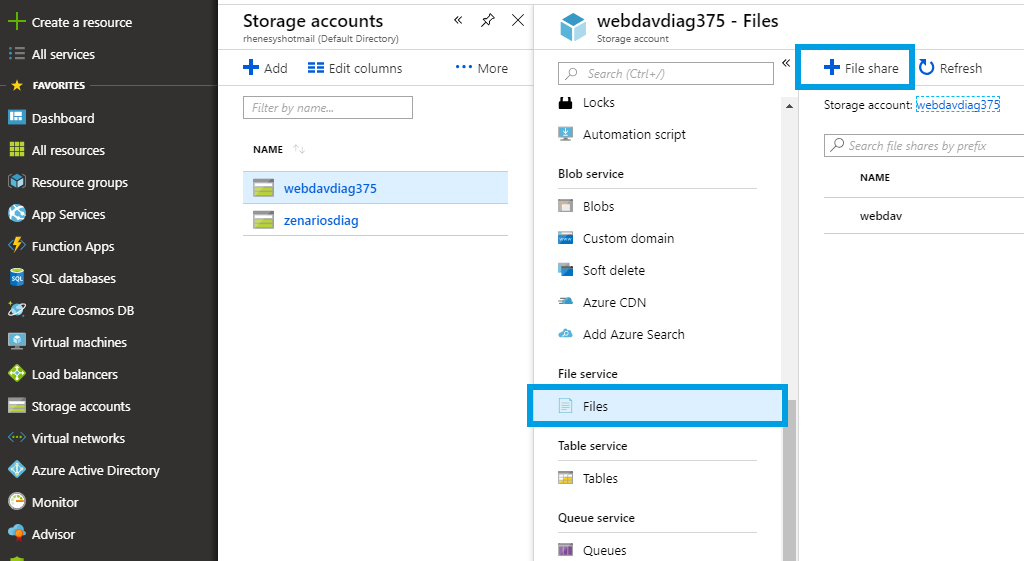
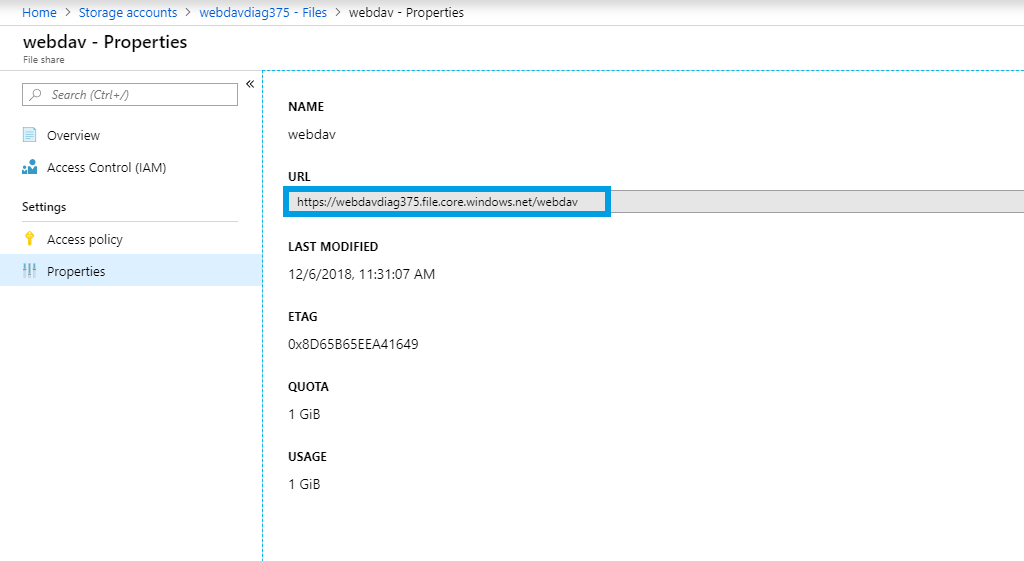
Step 2 - copy URL and key
Open your created storage account and copy the URL.
Go to your storage account access keys and copy the key.
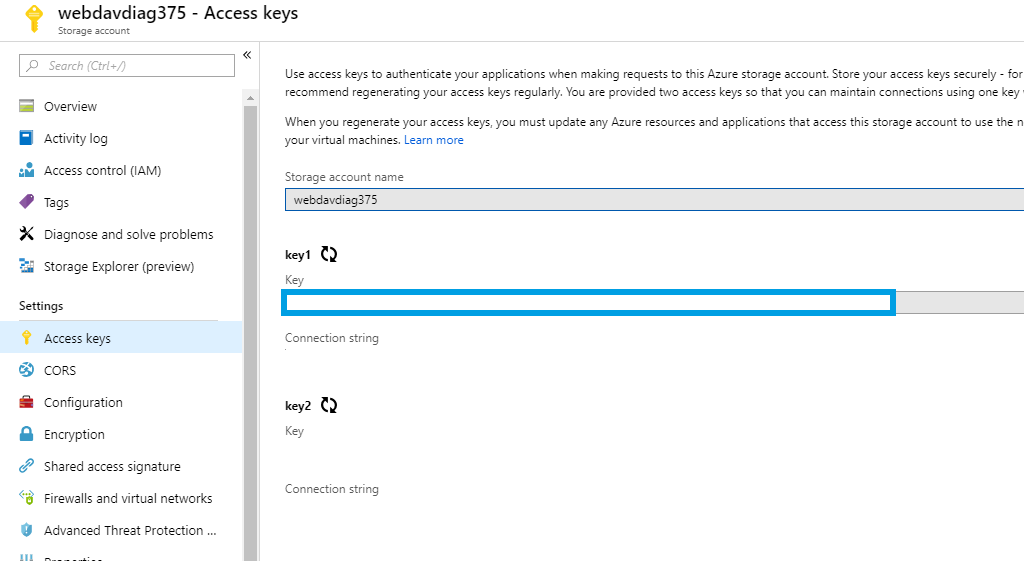
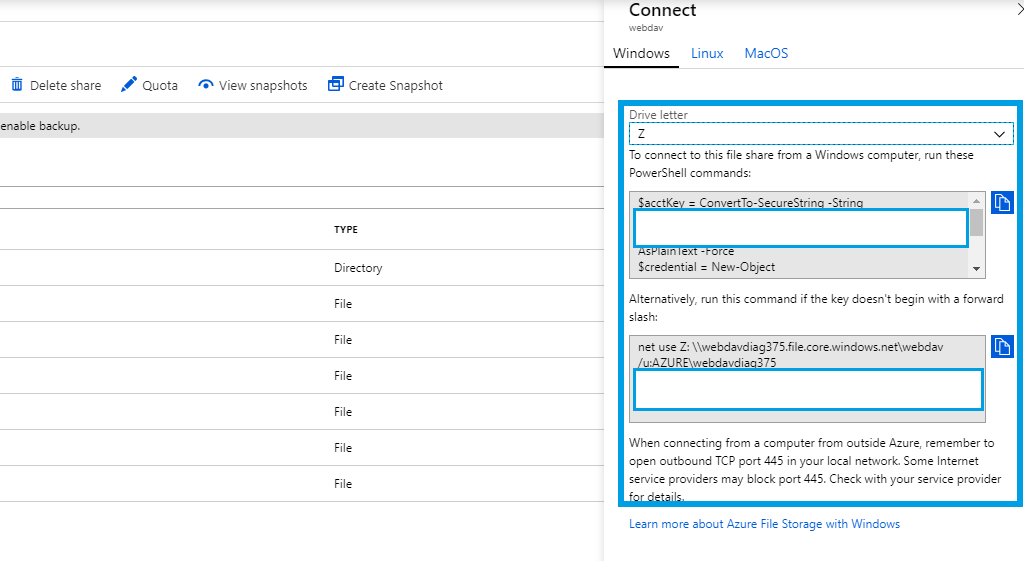
Step 3 - map Azure File Storage to local computer
In your storage account, open the Connect tab. You should see the command line and PowerShell commands to map Azure File Storage to your local computer. Set the desired letter for your mapped driver and copy the commands. We used the command line version.
Open a command line and paste the command you copied. Execute it.
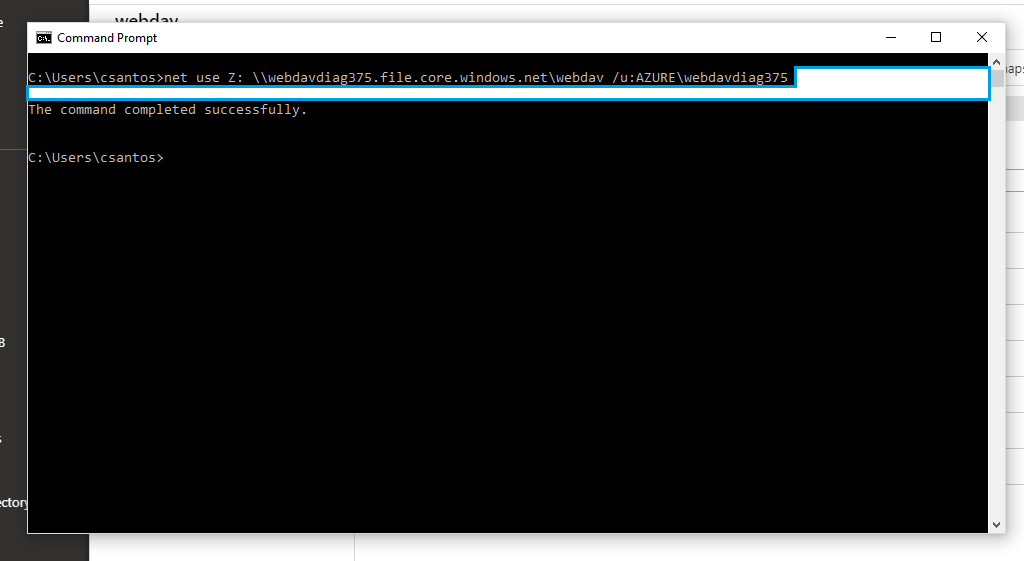
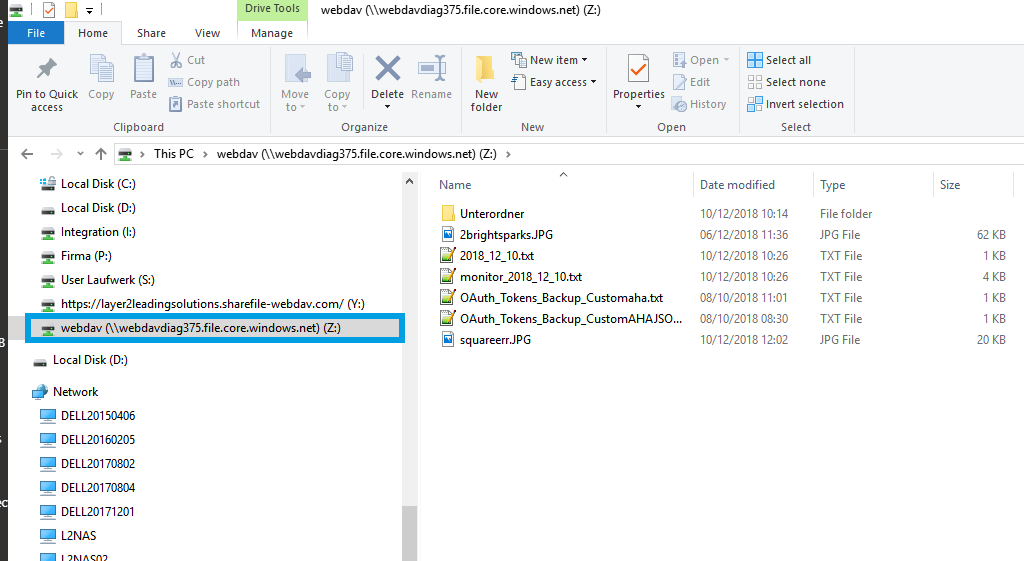
You should now see the mapped folder in your local windows explorer.
Step 4 - configuring Layer2 Cloud Connector
Create a new connection by using the Create New Connection option in the Actions pane (right-hand side). The new connection will appear at the bottom of the Connection Manager List (left-hand side). Click on your newly created connection to open the connection configuration settings.
Choose a meaningful name for your connection and replace the current "New Connection" Connection Title with it.
Connections to Azure file storage can be bi-directional. An initial connection should always be uni-directional to assure that both data entities are identical before switching to bi-directional. Therefore, choose Left to Right as Direction. You can change this setting after your initial synchronization finished successfully.

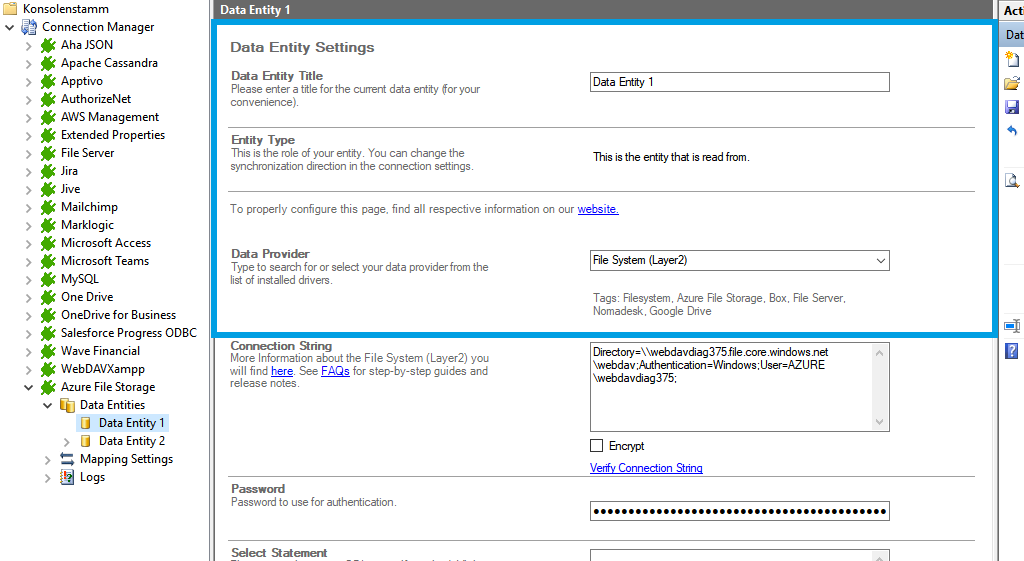
Step 5 - configuring Data Entity 1
We will now set up our Data Entities. Go to the data entity “Data Entity 1” to open the configuration settings.
Choose a Data Entity Title. It is recommended to give your entities meaningful names to maintain an overview when you decide to set up multiple connections.
Select the Data Provider for File System from the data provider list. You can search for File System by typing into the selection box.
For the Connection String, we need the in step 1 mentioned information. You can copy the below connection string and adjust it to match your gathered information.
Use the Verify Connection String option to evaluate if the provided connection string is valid.Select the Data Provider for File System from the data provider list. You can search for File System by typing into the selection box.
Enter the storage account key into the Password field.
Directory=\\webdavdiag375.file.core.windows.net\webdav;Authentication=Windows;User=AZURE\webdavdiag375;
- "Directory=path;" this property points to the URL we got in step 1.
- "Authentication=Windows;" this property defines which authentication method we are using.
- "User=AZURE\storageaccountname;" this property must be set to the Azure storage account name we created in step 1.

The Select Statement text box is used to define specific data queries. We do not need it here. Save your changes by using the right-hand pane option Save Changes.
To check if all necessary columns are received, you can use the Preview Data option on the right-hand pane which will provide you with a pop-up window showing your sample data from your Azure file storage entity.
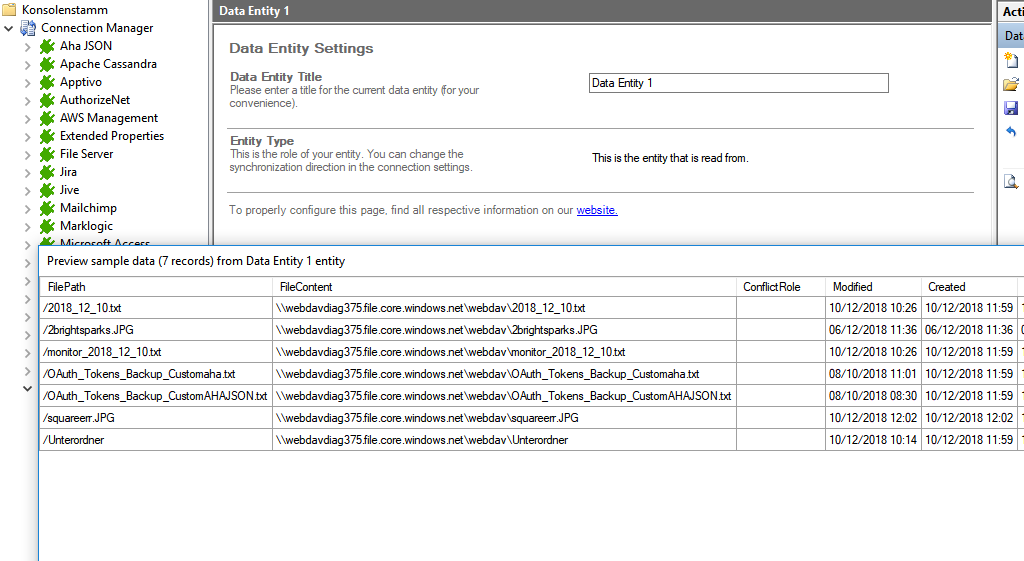
URL=https://your_custom_sharepoint_library_url/AllItems.aspx;Authentication=Office365;User=User@domain.com;
- "URL=https://your_custom_sharepoint_url/AllItems.aspx;" this property defines the URL of your custom library that will be addressed.
- "Authentication=Office365;" this property will determine the authentication method used. Office365 is the default authentication method to access Microsoft Office365 / SharePoint Online. This method will not work in case of federation, e.g. ADFS. For further authentication method you can consult the provider specifications linked above.
- "User=User@domain.com;" this property should describe the user you wish to connect to SharePoint to.
6. configuring Data Entity 2
We are going to send the data to a custom SharePoint Online documents library. It's required that you set up this documents library prior to the next steps. Your documents library should contain matching columns according to your source entity. Use the left-hand pane to switch to the data entity "Data Entity 2". We will use Layer2 SharePoint Provider for this setup.
For more information about the SharePoint provider visit:
https://www.layer2solutions.com/support/cloud-connector-faqs/layer2-csom-sharepoint-ado-net-provider.
You can copy the Connection String which contains the minimum of required properties to connect to your custom SharePoint Online document library.
Enter the password that belongs to the user account used in the connection string into the Password field. Save your changes by using the right-hand pane option Save Changes.
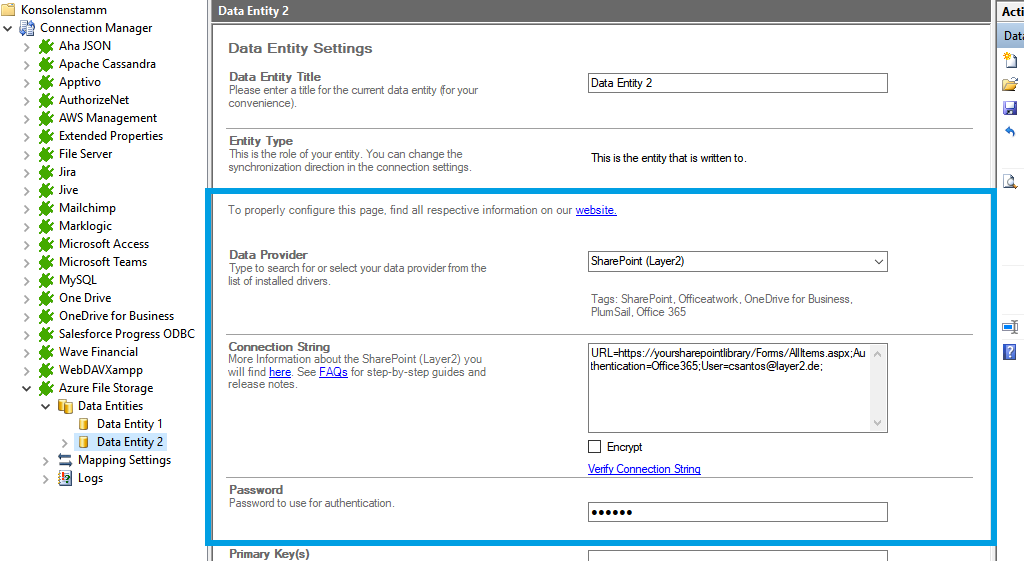
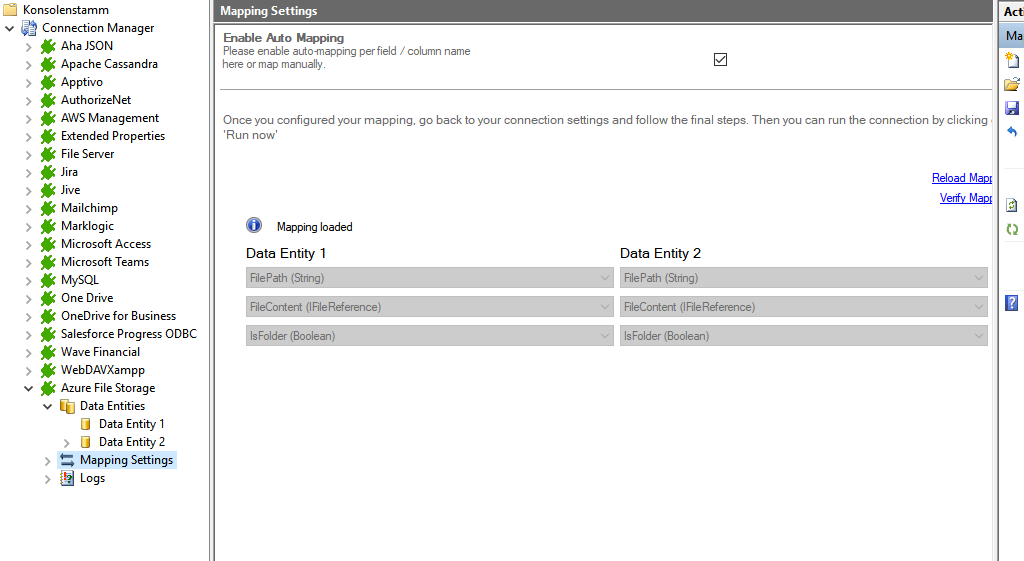
In the next step, we will configure our mapping settings. Click on the Mappings option on the left-hand pane. If your fields from SharePoint are named identical to the fields from your source system, the Enable Auto Mapping option will match those columns. Disabling this option allows you to match your columns as needed. We enabled auto-mapping in our setup. Save your changes by using the right-hand pane option Save Changes.
2.4. Running your connection
To run your connection switch back to the main connection configuration node and use the Run Now Button located on the bottom of the setup page. The Run Synchronization Toolbox will also display the synchronization process.
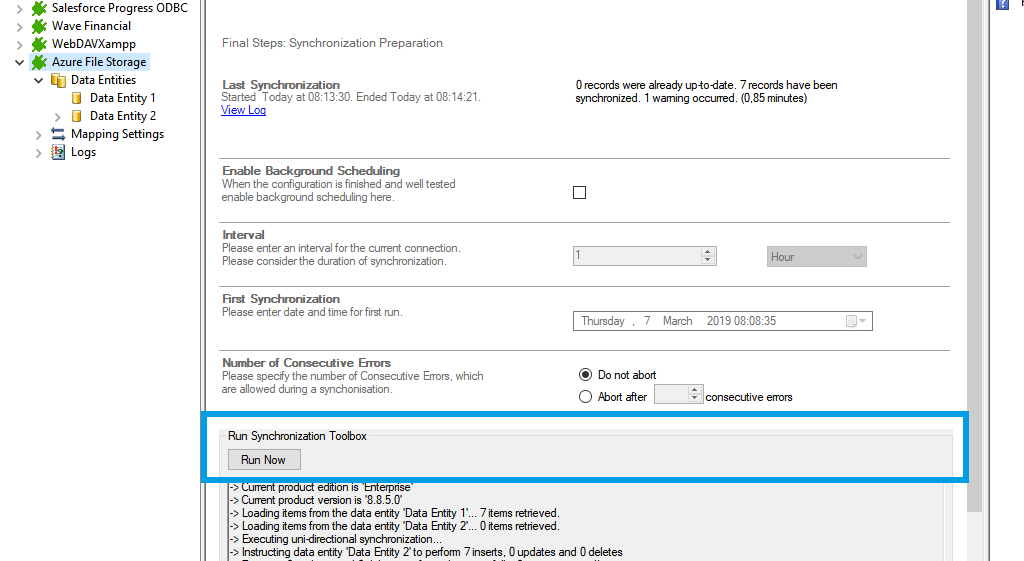
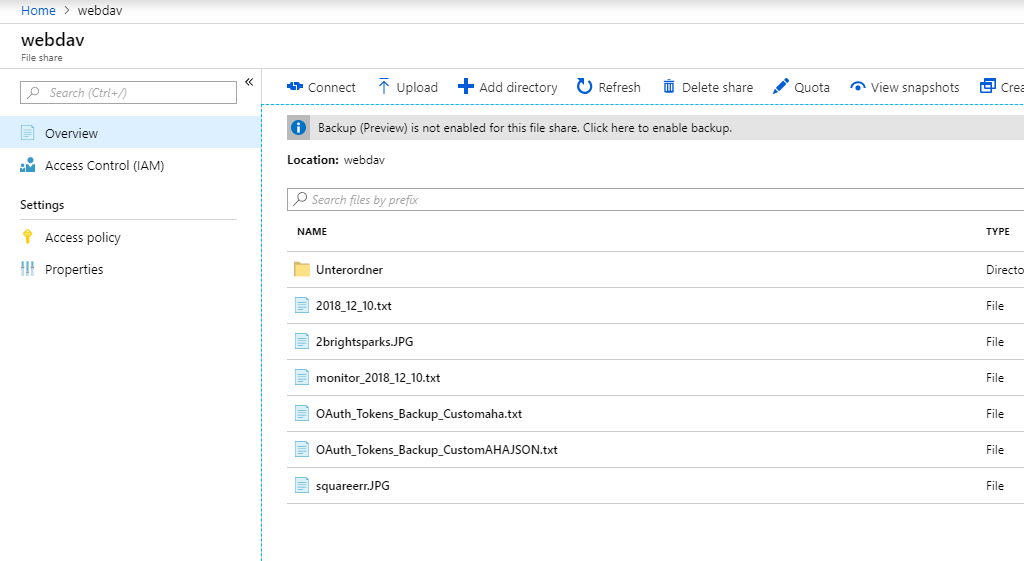
Here you can see a data preview of the information we have accessed in our source entity.
This will be the result in our SharePoint Online document library after our initial successful synchronization.
If you want to use a bi-directional synchronization, you can now switch your connection direction after our first initial synchronization run finished successfully. See section 3.1 for further information.
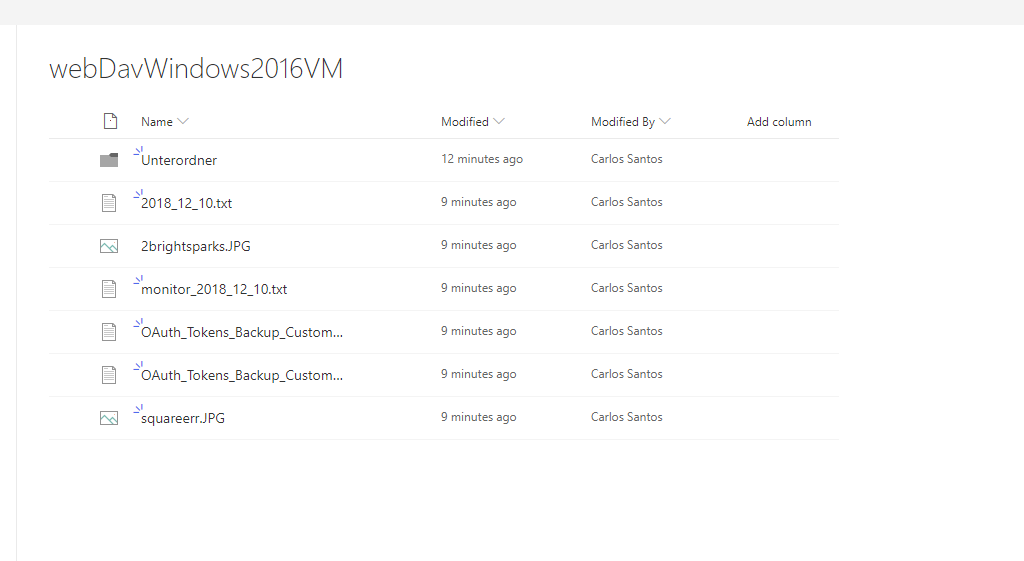
Integration and synchronization made easy
Are you ready to unlock your full potential and integrate your data for seemless collaboration?
Hints and known issues
Connection direction
As far as tested, this connection supports uni-directional as well as bi-directional synchronizations.
After adjusting the direction to bi-directional, you should check your Mappings settings again because some systems might include read-only columns that cannot be mapped directly.
We also recommend to choose a Conflict Resolution that matches your environments needs. You can find out more about the different conflict resolutions in our Layer2 Cloud Connector User Documentation.
Bandwidth
Take care about bandwidth limitations and Office 365 throttling, especially for the first sync. Estimations are displayed if using the toolbox for first sync. Estimations can change during the sync process, stay patient. You can stop and restart the sync whenever you want.
Limit of files
While there is no hard limit for the amount of files to sync, keep the number of documents per library (connection) as low as possible. To keep 100.000 documents in sync should not be problem, a powerful configuration can do much more. But consider the SharePoint / OneDrive limitations, and your Office 365 plan.
SharePoint list view threshold
Note about the SharePoint list view threshold (above 5.000 / 20.000 documents per library). This is not an issue for the sync - but could be an issue for some SharePoint features and apps. Users will still be able to page through a library, use search to find specific files. There can be issues with using specific views, filters, grouping etc. See Microsoft documentation for more details.
UNC notation
If you are using a source path similar to H:\myPath and got a "not found" error, please make use of UNC notation, such as \\myServer\myPath.
Domain account
Note that the sync is processed by the Layer2 Windows Service. If it runs under a local service account, it will not have access to shared drives. You can run under a domain account to fix this issue. In this case you don't need to give access data in the connection string.

